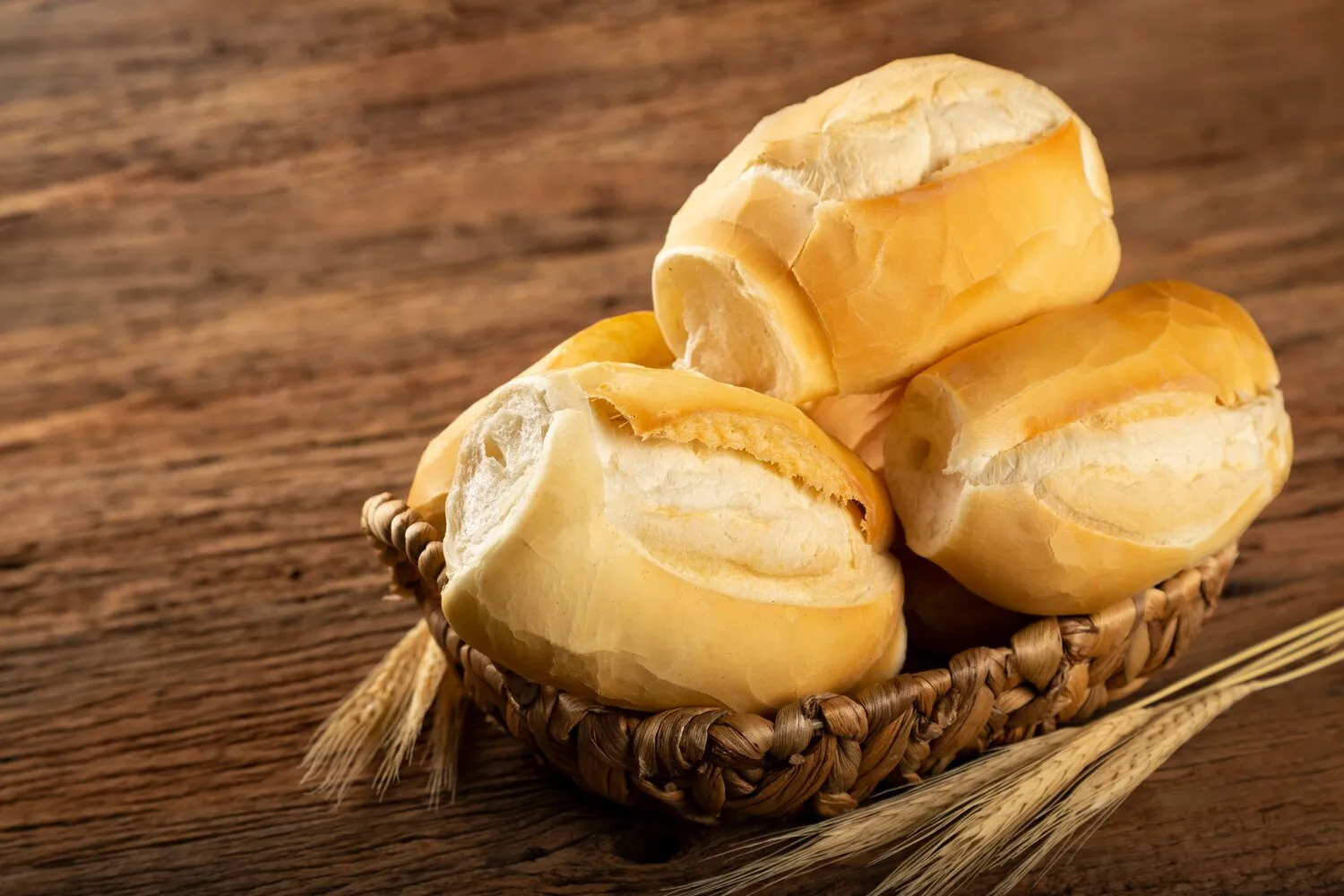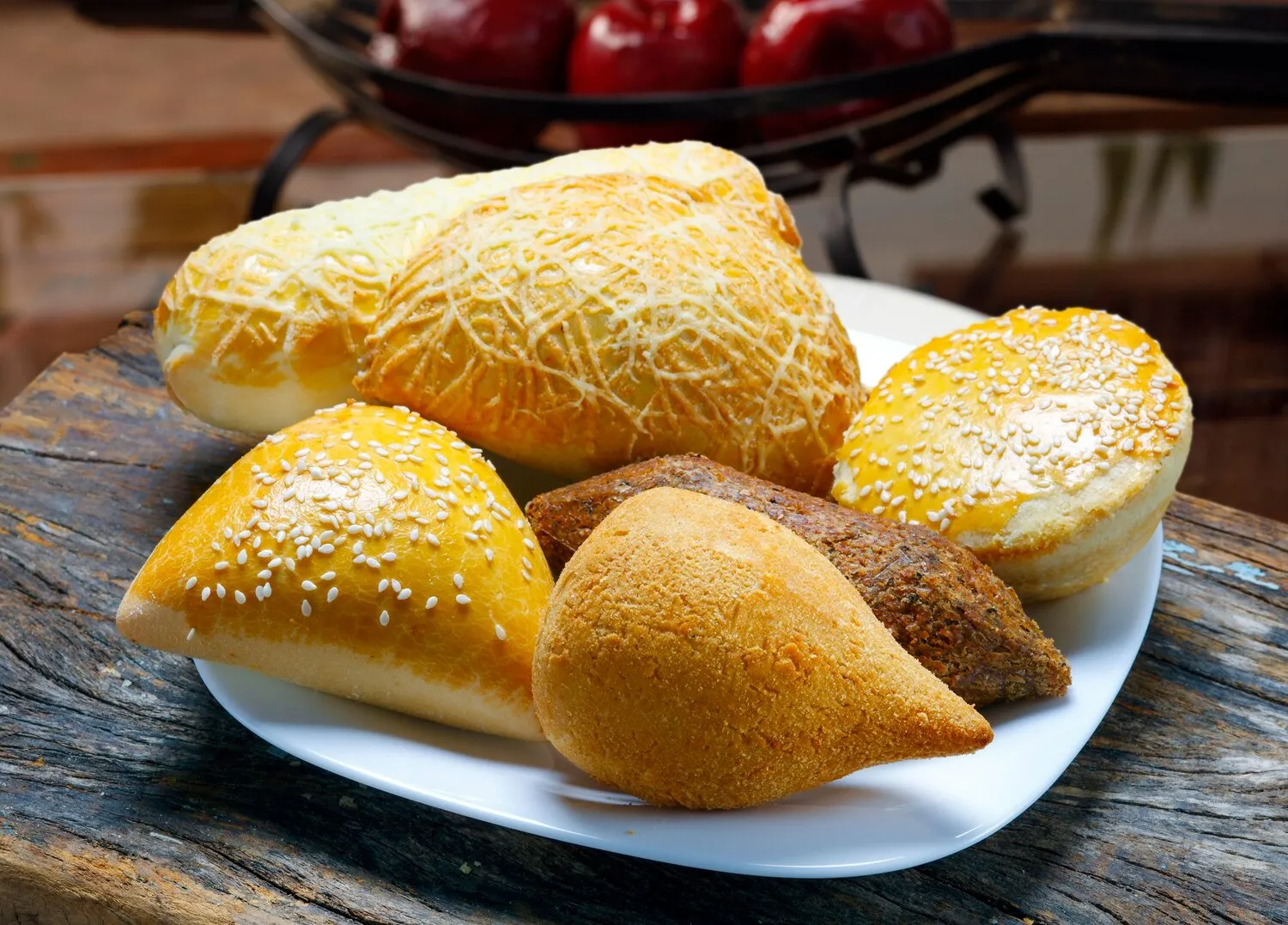
Bolos
Cakes of different flavors and styles, a common offering.
Nutrition Facts
* The % Daily Value (DV) tells you how much a nutrient in a serving of food contributes to a daily diet. 2,000 calories a day is used for general nutrition advice.
Padaria Doce Sabor
Portuguese cakes, or 'bolos', have a rich history influenced by the country's maritime past, trade with the East, and the presence of convents. Spices from the East, like cinnamon and cloves, found their way into cakes, while convent baking traditions added complexity and refined techniques. These historical influences shaped the diverse range of 'bolos' found in Portugal today.
Cakes ('bolos') are deeply ingrained in Portuguese culture, playing a significant role in celebrations, religious festivals, and everyday life. They are often enjoyed with coffee or tea, and specific types of cake are associated with particular occasions.
Celebrations
Cakes are an essential part of Portuguese celebrations, from birthdays and weddings to baptisms and holidays. Different types of cakes are often associated with specific celebrations, adding to the festive atmosphere.
Convent Sweets
Many traditional Portuguese cakes have their origins in convents, where nuns developed elaborate recipes using eggs, sugar, and almonds. These 'doces conventuais' (convent sweets) are highly prized and continue to be popular today.
Regional Variations
Each region of Portugal boasts its own unique cake specialties, reflecting local ingredients and traditions. This regional diversity adds to the richness of Portuguese cuisine.
Portuguese cakes boast a delightful variety of flavors, ranging from the simple sweetness of sponge cakes to the rich, spiced profiles of traditional fruitcakes. Common flavors include almond, citrus (lemon and orange), cinnamon, chocolate, and various regional fruits.
The flavors in Portuguese cakes are often derived from high-quality ingredients like eggs, sugar, wheat flour, and butter. Almonds are frequently used, either ground into flour or as decorations. Citrus zest provides a bright, refreshing note, while spices like cinnamon and clove add warmth and depth. Some cakes incorporate regional ingredients such as port wine, Medronho (a strong fruit brandy), or local fruits like figs and carob.
Use Fresh Ingredients
High-quality, fresh ingredients, particularly eggs and butter, make a significant difference in the taste and texture of the cake.
Don't Overmix the Batter
Overmixing can lead to a tough cake. Mix the batter until just combined to ensure a light and tender crumb.
Cool Completely
Allow the cake to cool completely before frosting or slicing. This prevents the frosting from melting and makes it easier to handle the cake.
Explore additional Bakery dishes and restaurants
Explore BakeryDiscover top dining spots and culinary experiences in Triunfo.
Explore TriunfoLearn more about the food culture, restaurant scene, and culinary heritage of Brazil.
Explore Brazil
